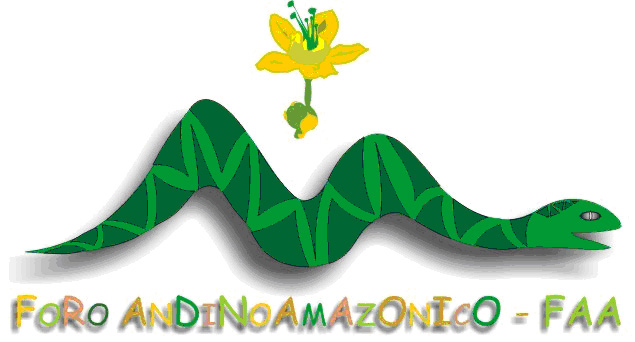![]()

REGIONAL MEETING OF THE IDEPENDENT GLOBAL COMMISSION (IGC)
Super Coca
¿The result of Coca-War Measures or Coca-War Fiction?
On August 24 2004 la AFP (Agence France Presse) issued a press release: "The Colombian police discovers a strain of Genetically Modified Coca."[1] Various media took up the statements made by Camilo Uribe, recently-appointed Director of the International Narcotics Control Board (INCB), and Diego Caicedo (Antinarcotics Police Colonel) regarding the existence of this modified strain of Coca. [2]
According to what is quoted in this press release, this GMCoca yields a far higher percentage (97%) of cocaine than the average coca plant (24%). Research to develop this plant is said to have cost narcotics traffickers US $150 million. The are said to be searching for a coca plant which can withstand fumigation. Uribe and Caicedo claim that the Super Coca exists three regions, la Sierra Nevada de Santa Marta, la Sierra de la Macarena and el Putumayo, which also just happen to be threee of the most biodiverse regions in the country.
The most surprising part is that Camilo Uribe admits that they have not found proof that the plant exists. They, nonetheless, know 'on sight' the percentage of alkaloid it produces, how much the narcotics traffickers invested and the 'very select' regions where this fumigation-resistant GMCoca is to be found. Cocalero peasants and indigenous peoples all sustain that there is no such Super Coca. The Sierra's indigenous peoples and peasants, who roam these lands and are therefore familiar with its plants, say that what Camilo Uribe probably mistook for GMCoca is a wild coca tree, possibly left over from when these areas were fumigated to kill marihuana. Growers throughout the country state that what best survives fumigation are the coca bushes and scientists sustain that repetitive fumigation can genetically modify the plants sprayed with Glyphosate. In this case, the Super Coca —and its super cocaine— would be the result of a measure implemented by the Colombian state: fumigation. Drug War success in Colombia is measured in terms of number of hectares fumigated and said to have been eradicated. The existence of GMCoca necessarily implies the use of Glyphosate, whether it be added in a laboratory or in the Colombian guinea-pig experiment with intense repetitive fumigations. Furthermore, for the past three years, to top off the liters of Monsanto Glyphosate raining from war planes, the Uribe Administration has been peddling Monsanto's Glyphosate-resistant GM seeds to Colombian farmers.
Considering the price paid (in terms of ailments and loss of biodiversity) for fumigation and for experimenting with GMOs, the FAA questions how this Drug War measure contributes to the strengthening of the vested interests of the companies which produce these agrochemical products and whether the Colombian government plans to ban Glyphosate since it is an essential component of the Super Coca. A serious concern raised by these ‘revelations’, be they fact or fiction, is if the Super Coca will simply serve as one more excuse for the government's merciless attacks on the country’s peasants and coca. Accusations which might be used to justify continued aggression against the Colombian countryside will only bring about actions that further threaten the very existence of the Colombian peasantry, its ties to the nation’s territories, and the country's food sovereignty and natural legacy. Whether the Super Coca really exists or not, the loss (as a result of intense fumigation) of Colombia's biodiversity and waters added to the dangerous precedent of expropriation being set by the Uribe Administration, should make Colombia a very unattractive and risky investment for foreign capital.
<<. a la foto del super árbol de coca:
Mamo Ruma asks ¿How can the Hayo have enemies?
[1] Ver compendio de artículos al respecto.
[2] AFP Général, International; Général, mardi 24 août 2004; Libération, 25 août 2004; Débat Science Société, 25 août 2004; Daily Telegraph, August 27, 2004; The Miami Herald, 2 September 2004; Chanvre Info 2000